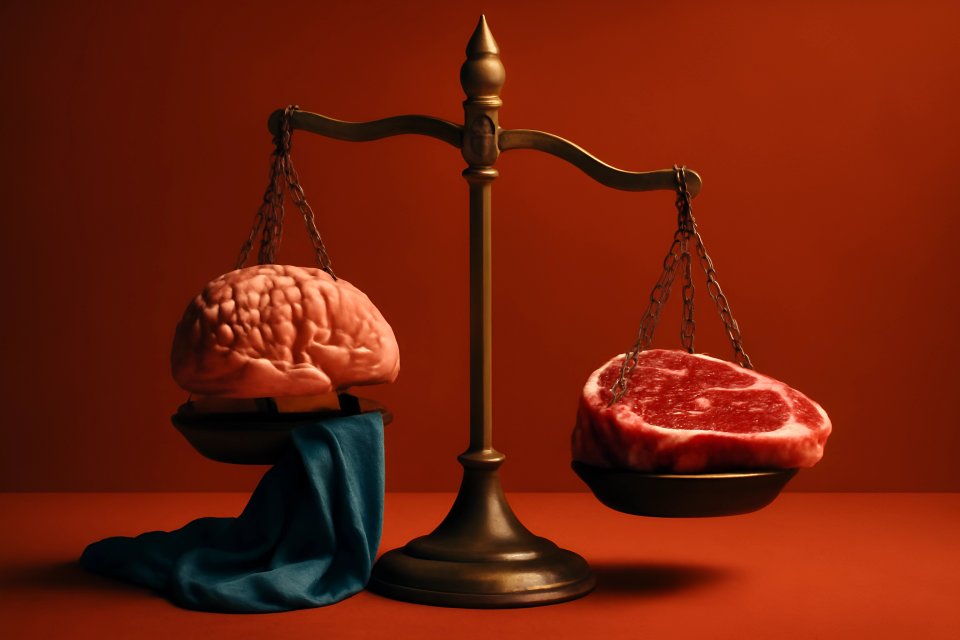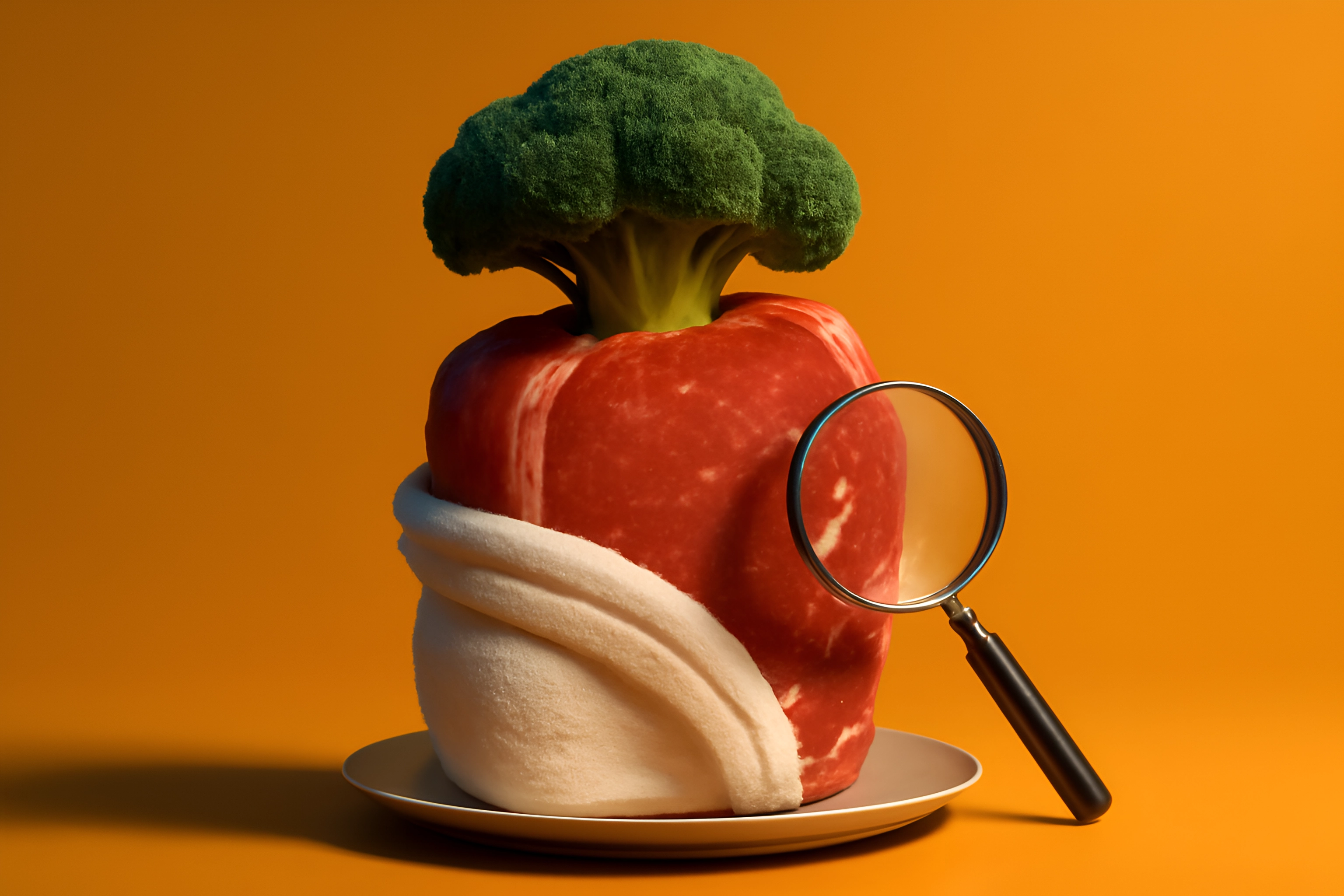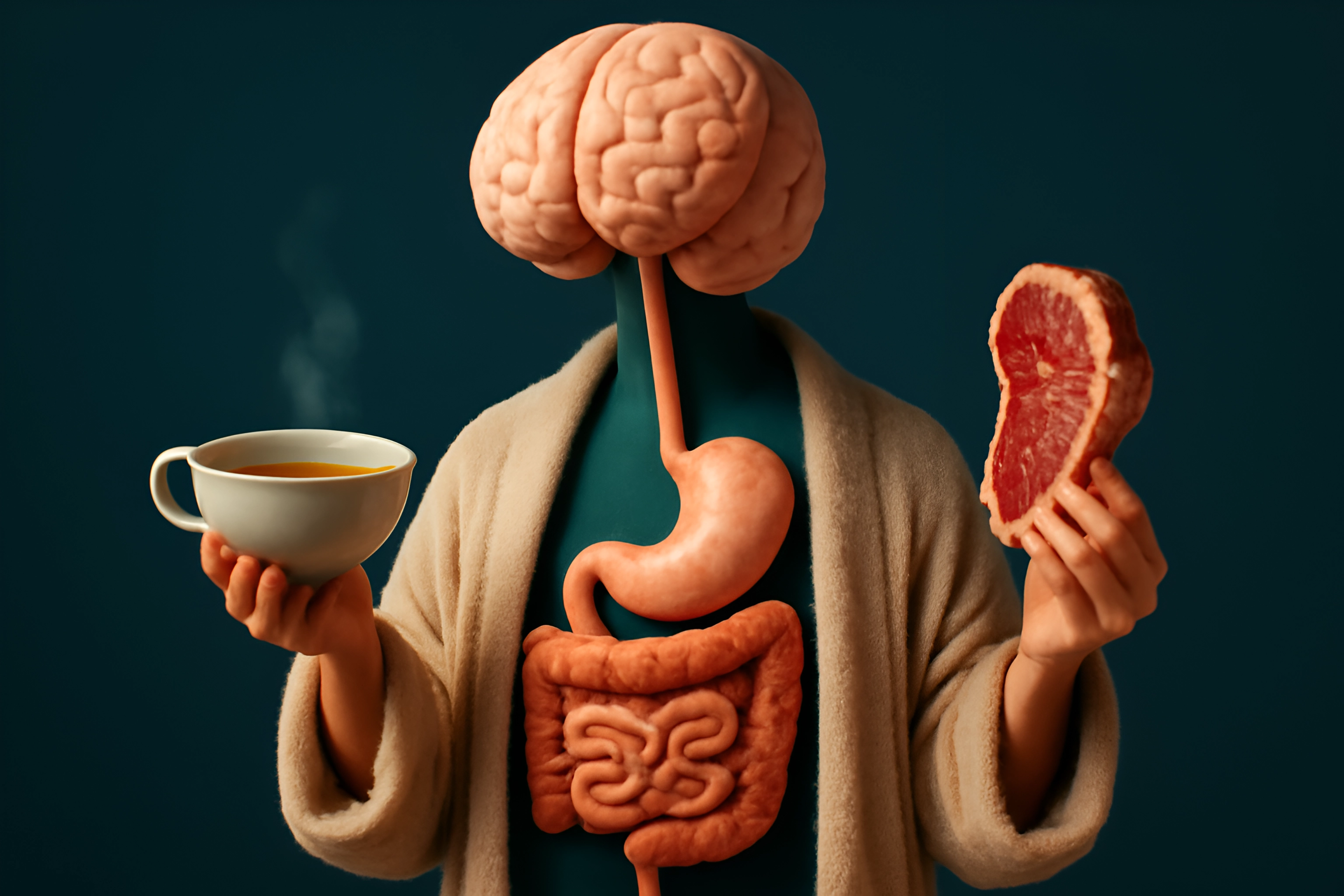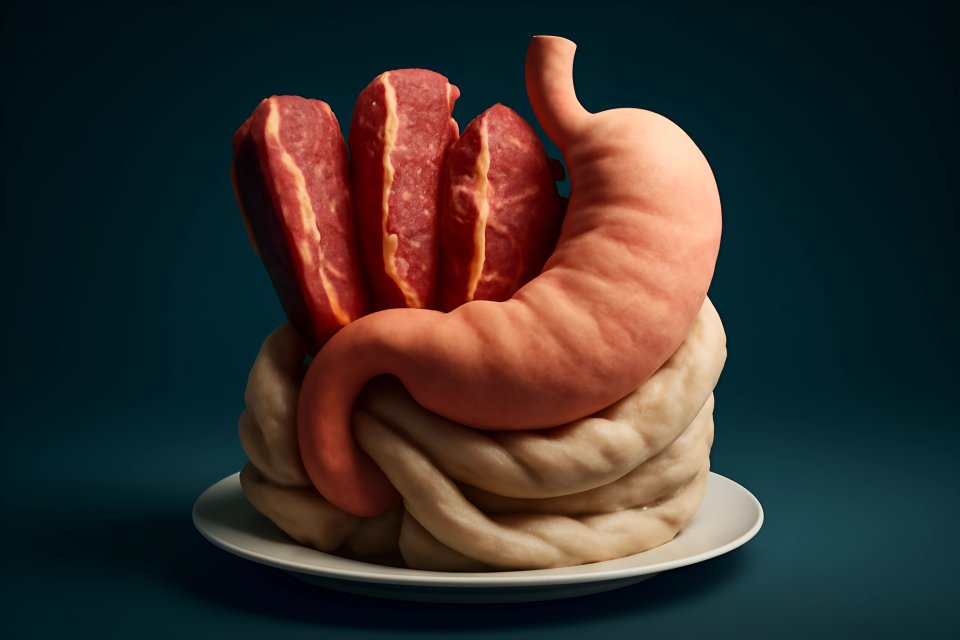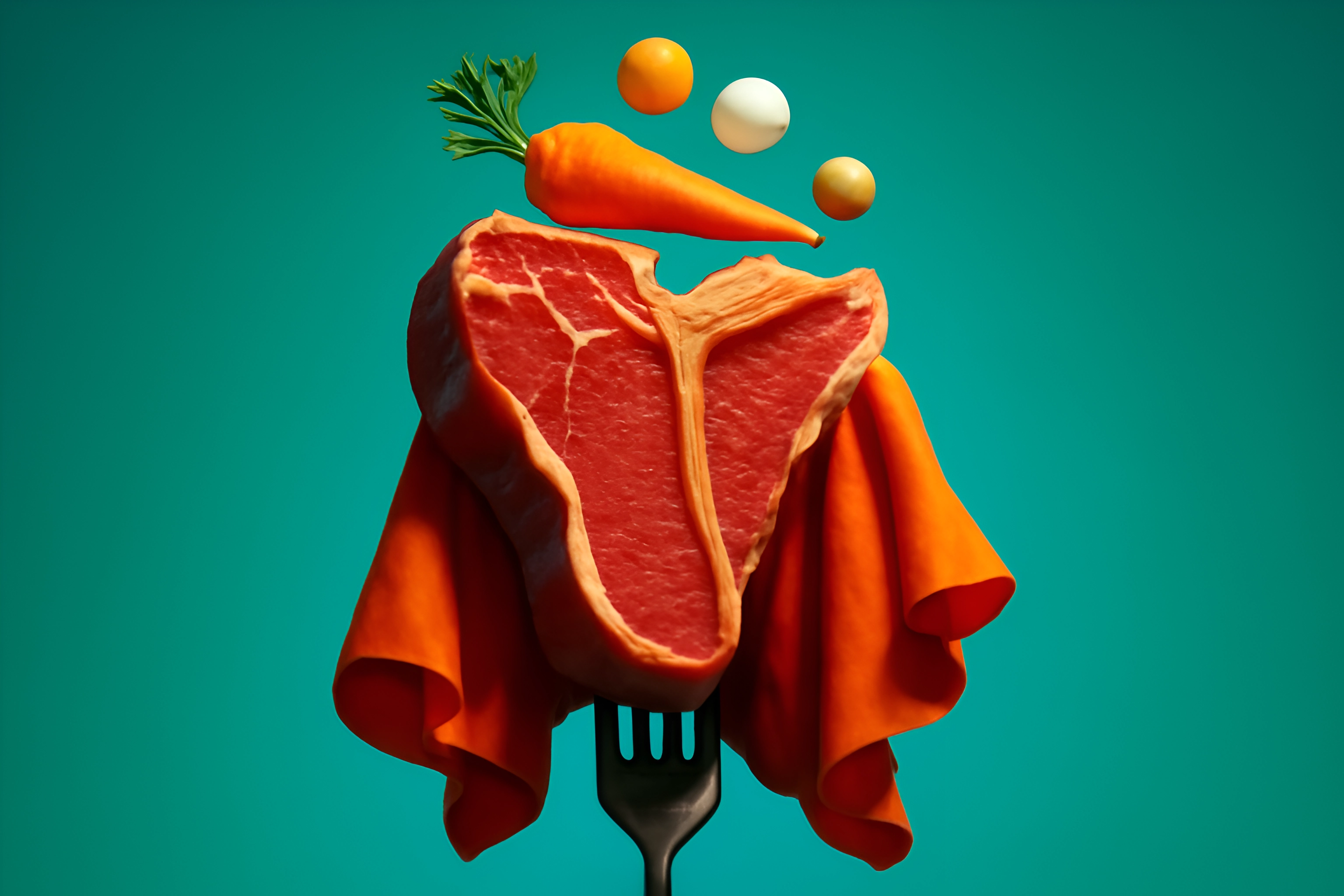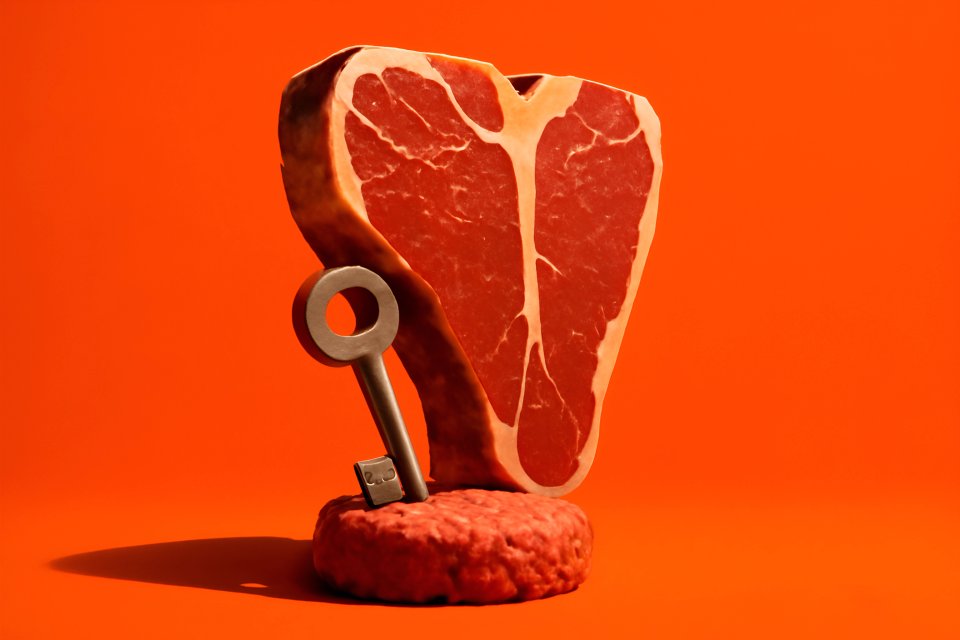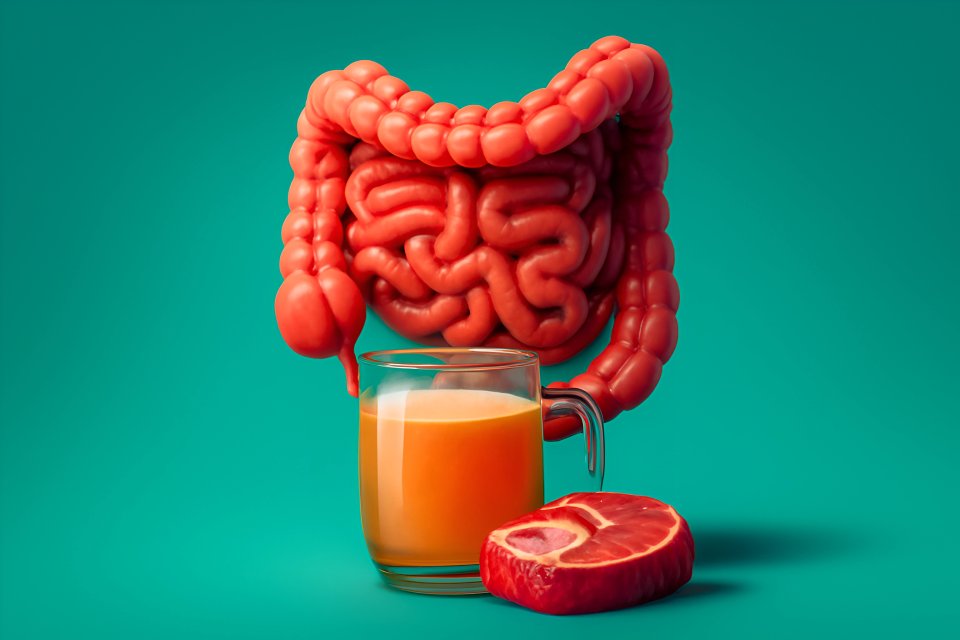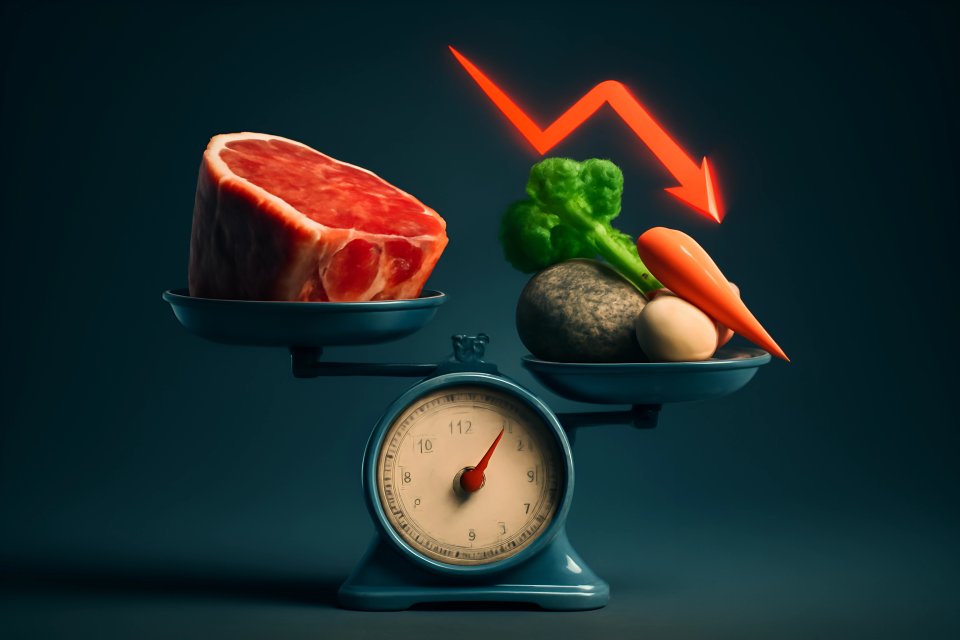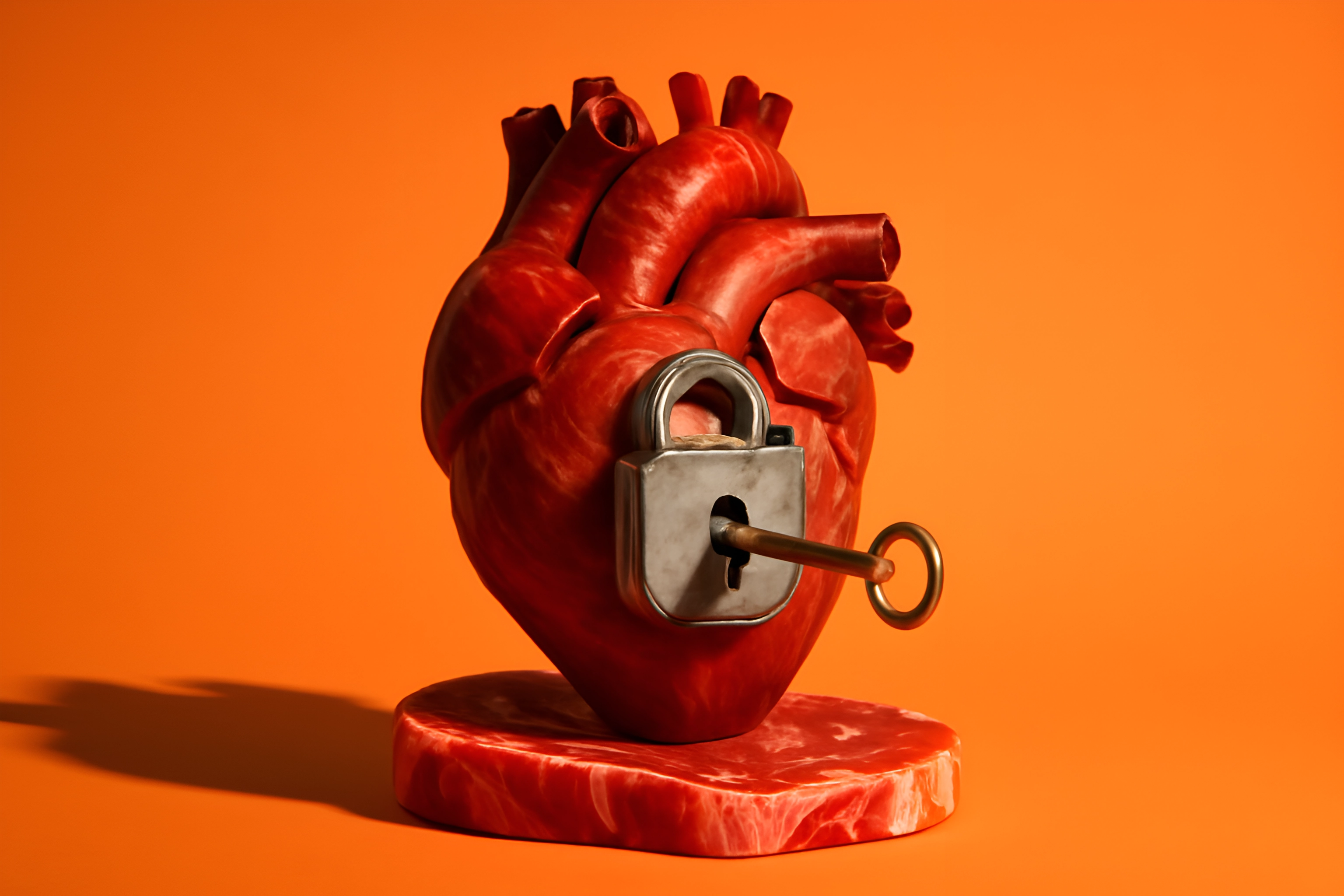
You've ditched the plants, simplified your plate, and started to feel better... but you can't shake the feeling that you could be doing more. You've reclaimed a piece of your health, but a nagging question remains: Are you truly getting all the nutrients your body needs to heal from just muscle meat alone? You see others talking about "nose-to-tail" eating, but the very idea of liver, heart, or kidney can feel intimidating, foreign, or even a little gross.
Here's the unvarnished truth: skipping this crucial step is like building a house with only three walls. You're protected, but you're not getting the full benefit. Organ meats are not just an optional add-on; they are nature's original multivitamin, the key to unlocking the next level of healing, energy, and primal vitality on your carnivore diet.
This is your definitive guide. We will break down everything you need to know—the "why," the "how," and the "what if"—to confidently incorporate these nutritional powerhouses into your healing journey. Forget the fear and the myths; it's time to claim the full power of animal-based nutrition.
Why Muscle Meat Isn't Enough: The Case for Nose-to-Tail Eating
For millennia, our ancestors didn't have the luxury of choice; they had the wisdom of instinct. When they made a kill, they didn't just carve out the steaks. They instinctively prized the organs, knowing these parts held the most valuable, life-sustaining nutrients. This is the core principle behind the ancestral connection to modern healing, a practice that modern science is only now beginning to fully appreciate.
While muscle meat is a fantastic source of protein and certain minerals, it simply cannot provide the full spectrum of nutrition your body craves. Research confirms that organ meats contain anywhere from 10 to 100 times the nutrient density of their muscle meat counterparts. This creates a potential nutrient gap, leaving you short on critical vitamins and minerals needed for optimal energy, immune function, and cognitive clarity.
The real magic, however, lies in nutrient synergy. The nutrients in organ meats don't just exist in isolation; they work together with the nutrients in muscle meat to create a powerful, holistic effect. For example, the rich copper content in liver is essential for properly absorbing and utilizing the zinc and iron found in steak. This is nature's brilliant design, a blueprint for health that we ignore at our own peril.
The Top 4 Nutrient-Dense Organ Meats for Carnivore Beginners
Navigating the world of organ meats can feel overwhelming. Let's cut through the noise and focus on the four most powerful, accessible options for anyone starting their nose-to-tail journey.
1. Beef Liver: The Undisputed Nutrient King
Think of beef liver as your secret weapon against fatigue and brain fog. It is, without question, the most nutrient-dense food on the planet. A single 3.5-ounce serving of beef liver delivers an astonishing 1,048% of the Daily Value for preformed Vitamin A (retinol), a nutrient critical for immune function, skin health, and sharp vision.
But it doesn't stop there. That same serving is packed with over 2,700% of the DV for Vitamin B12, fueling your energy production at a cellular level. It's also a powerhouse of folate, choline for brain health, copper, and highly bioavailable heme iron. If you could only choose one organ to add to your diet, liver would be the undisputed champion for its sheer nutritional impact.
2. Beef Heart: The CoQ10 Powerhouse
Ready to fuel your body's engine at the cellular level? Meet beef heart. It is the single best food source of Coenzyme Q10 (CoQ10), a vital compound that supports mitochondrial health and the creation of ATP—your body's energy currency. According to Dr. Kiltz, a 3.5-ounce serving contains 4-5 mg of this powerful antioxidant, far surpassing what you'd find in muscle meat.
What makes heart a perfect "gateway" organ for beginners is its surprisingly mild, steak-like flavor and firm texture. It's also rich in collagen and elastin, which support joint and skin integrity, along with a full profile of B vitamins. Eating heart isn't just symbolic; it's a direct way to nourish your own cardiovascular system and energy pathways.
3. Beef Kidney: Nature's Filter and Selenium Source
If you're focused on gut health and reducing inflammation, beef kidney should be on your radar. It is an incredible source of selenium, providing a massive 256% of the DV per 100g serving. Selenium is vital for proper thyroid function and for activating the body's master antioxidant, glutathione.
Furthermore, kidney is one of the few food sources of the enzyme DAO (diamine oxidase), which can be incredibly beneficial for those struggling with histamine intolerance. By supporting your body's natural detoxification pathways and histamine regulation, kidney helps calm inflammation from the inside out. It's a targeted tool for those looking to address deeper systemic issues.
4. Beef Spleen: The Heme Iron Specialist
For anyone struggling with persistent low energy, stubborn anemia, or iron deficiency, spleen can be an absolute game-changer. It is exceptionally high in the most absorbable form of iron—heme iron. A single 3-ounce serving can provide a staggering 1,515% of the DV for iron, making it a true powerhouse for rebuilding blood and boosting oxygen transport.
This isn't just about iron, though. Spleen also delivers a potent dose of selenium and B12, creating a synergistic trifecta that bolsters immunity and metabolic function. It's a specialized organ that delivers targeted, powerful results for one of the most common complaints people face: a simple lack of energy.
| Organ | Primary Nutrient | Key Benefit |
|---|---|---|
| Beef Liver | Vitamin A, B12 | Energy, Immunity, Vision |
| Beef Heart | Coenzyme Q10 | Cellular Energy, Heart Health |
| Beef Kidney | Selenium, DAO | Thyroid Support, Histamine |
| Beef Spleen | Heme Iron | Anemia, Oxygen Transport |
Myth Busters: Debunking Common Fears About Organ Meats
Let's get real. The biggest barrier for most people isn't finding organ meats; it's overcoming the fear and misinformation surrounding them. It's time for some no-BS myth-busting.
Myth #1: "The liver stores toxins, so it's unsafe to eat."
This is the most common and most damaging myth out there. The liver does not store toxins; its job is to process and neutralize them for removal from the body. As experts at Johns Hopkins confirm, the liver is a detoxification organ, not a storage depot.
What does the liver store? Vital nutrients. It's a reservoir for Vitamin A, B12, iron, and copper. A healthy liver from a healthy, grass-fed animal is one of the cleanest, most nutrient-rich foods you can possibly eat. The concern isn't the organ; it's the health of the animal it came from.
Myth #2: "You can get vitamin A toxicity from eating too much liver."
While hypervitaminosis A is technically possible, it is extremely rare from food sources alone. You would have to eat massive, unrealistic quantities of liver every single day for months to approach toxic levels. The few documented cases of toxicity from food involved Arctic explorers who consumed polar bear liver, which has a uniquely and astronomically high concentration of vitamin A.
For the rest of us, a sensible recommendation of 3-6 ounces of beef liver per week is perfectly safe and incredibly beneficial. Furthermore, the vitamin A in liver works synergistically with vitamins D and K2—found in other animal products like egg yolks and fat—which helps the body utilize it properly and mitigates any risk. This fear is largely unfounded and prevents people from accessing one of nature's most healing foods.
Myth #3: "Organ meats taste terrible and the texture is awful."
This is not a fact; it's a failure of sourcing and preparation. Yes, poor-quality organs from stressed, grain-fed animals can be unpalatable. And yes, overcooking liver until it's a gray, rubbery slab will taste awful. But this is not the organ's fault.
When you source high-quality organs from a pasture-raised animal and prepare them correctly, the experience is entirely different. Heart tastes like a rich steak. Liver, when seared quickly, is creamy and mild. This myth is simply a reflection of a modern food system that has forgotten how to properly handle and appreciate the whole animal.
A Practical Guide: How to Prepare and Enjoy Organ Meats
Ready to move from theory to practice? Here are three simple, foolproof methods to make organ meats a regular part of your routine, targeting the common goal of creating ultimate carnivore recipes for inflammation reduction.
The "Gateway" Method: Mixing with Ground Beef
This is the easiest way to start. Finely chop or, even better, grate a piece of frozen liver or heart. Mix it into your ground beef before making burgers or meatballs. The key is to start with a low ratio and work your way up.
A great starting point is a 10% organ to 90% ground beef ratio. At this level, the flavor and texture are completely masked by the ground beef, but you are still dramatically increasing the nutrient density of your meal. This is the perfect "stealth health" approach.
The "Flash Sear" Method: Quick and Simple
This method is ideal for liver and heart and preserves their delicate texture and nutrients. Slice the organ thin (about ¼ inch), pat it completely dry with a paper towel, and season generously with salt. Heat up some tallow or butter in a pan until it's shimmering hot.
Sear the slices for just 60-90 seconds per side. Do not overcook it. The goal is a deep brown crust on the outside with a pink, tender interior. This quick, high-heat method prevents the organ from becoming tough and brings out its rich, mineral flavor.
The "Frozen Bites" Hack: For the Hardcore & Time-Poor
For those who want the benefits without any of the taste or preparation, this is your solution. Take a high-quality, fresh piece of raw liver and cut it into small, pill-sized cubes. Spread them on a baking sheet and freeze them solid.
Once frozen, transfer the cubes to a jar or bag and keep them in the freezer. Each morning, simply swallow a few frozen cubes with a glass of water, just like you would a supplement. This is a true "no-taste" method that delivers a powerful nutrient punch with zero culinary effort.
Desiccated Organ Supplements: A Convenient Alternative
If you absolutely cannot stomach the idea of fresh organs, or if your access is limited, high-quality desiccated organ supplements are a valid option. These are typically freeze-dried, which preserves the vast majority of the nutrients found in the raw organ. They offer a convenient way to bridge the nutritional gap.
Think of them as a great starting point or a reliable option for travel. While fresh is always best, supplements can be a powerful tool. For more information, you can explore a detailed guide on how to incorporate carnivore-friendly supplements for energy and recovery.
Sourcing and Safety: Your Checklist for High-Quality Organs
You cannot separate the quality of the organ from the health of the animal. This is non-negotiable. The nutrients you seek are a direct result of the animal's diet and environment. Prioritize quality above all else.
- Source: Always look for organs from
100% grass-fed, grass-finished, and pasture-raisedanimals. This ensures the highest nutrient density and the lowest exposure to potential toxins. - Where to Buy: Your best options are local regenerative farms, farmers' markets, and trusted online butchers. A good butcher at a high-quality grocery store can also be a resource, but always ask about their sourcing.
- What to Look For: Fresh liver should be a deep, reddish-brown color and feel firm to the touch. Heart should be firm and dark red. Avoid anything that has an "off" smell, a slimy texture, or a grayish color.
- Fresh vs. Frozen: Do not fear frozen. Organs that are flash-frozen immediately after processing retain their full nutritional value and are often more convenient to store and prepare.
Conclusion
Let's be clear: organ meats are not an optional "biohack" for the carnivore elite. They are a foundational, biological requirement for anyone serious about using this diet to achieve radical healing and optimal health. By reintroducing liver, heart, kidney, and spleen, you are closing the nutrient gaps left by a diet of muscle meat alone. You are fueling your body with the planet's most potent sources of vitamins, minerals, and life-giving cofactors.
This is the pinnacle of the HealingCarnivore philosophy—using food as powerful medicine and embracing radical simplicity for radical transformation. You are not just eating; you are honoring an ancestral blueprint that is encoded in your DNA. You are giving your body the raw materials it needs to conquer fatigue, clear brain fog, and build unshakable resilience.
Ready to unlock the next level of your healing journey? Choose one organ meat from this guide and try the 'Gateway Method' this week. Share your experience or your favorite way to prepare organ meats in the comments below—let's learn from each other!
